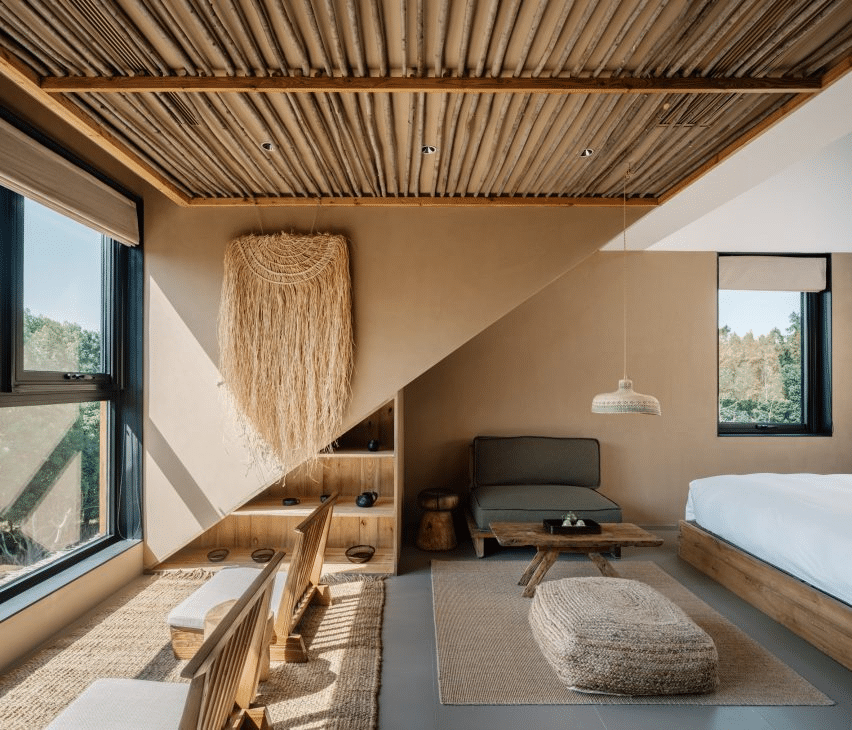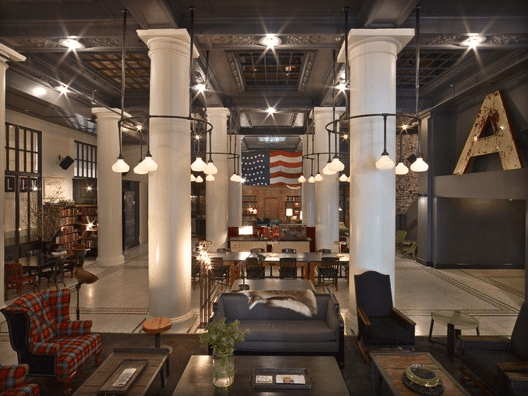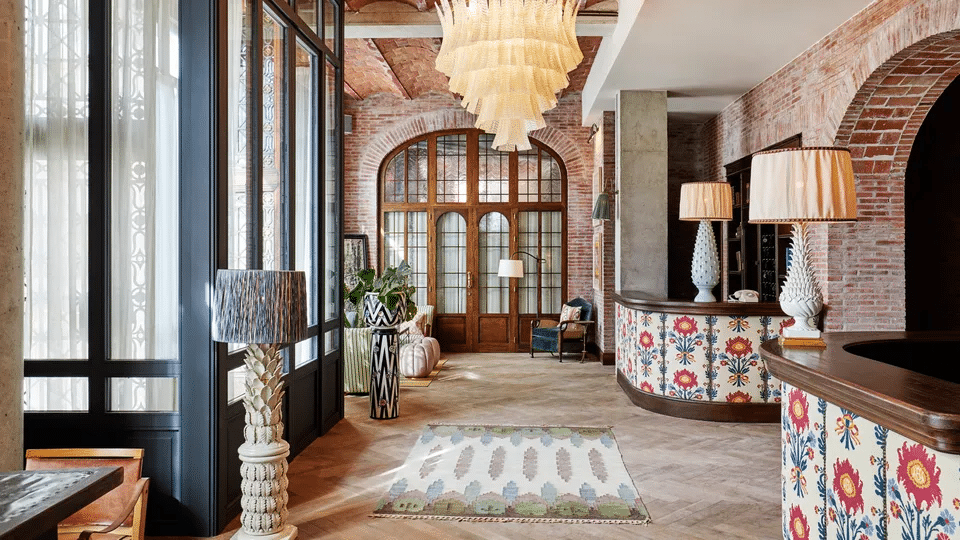In the world of hospitality design, crafting a compelling narrative has become a powerful tool for architects and interior designers. The shift from merely creating aesthetically pleasing spaces to curating immersive experiences is evident in the rise of narrative-driven design.
Where Do Some Designers Find Their Narrative?
Interior designers draw inspiration for the narrative of each project from a myriad of sources, weaving together a tapestry that harmonizes with the client’s vision and the space’s inherent characteristics. The narrative might originate from the client’s personal stories, preferences, and aspirations, creating a bespoke design that resonates with their identity. Alternatively, designers often derive inspiration from the surrounding environment, embracing the cultural, historical, or geographical context of the space. Art, literature, and fashion can also serve as wellsprings of inspiration, infusing a project with a distinct aesthetic and thematic richness. By immersing themselves in diverse influences, interior designers adeptly synthesize narratives that transform spaces into compelling stories waiting to be experienced.
Real World Examples
The NoMad Hotel, Los Angeles: A Journey Through Time and Space:

© AVR Interior Design LLC / KFA Architecture / Studio Jacques Garcia / Inovus Design
The NoMad Hotel in Los Angeles stands as a testament to the transformative power of narrative-driven design. Inspired by the building’s rich history, once the Bank of Italy, the design narrative takes guests on a journey through different cultures time and space. From the opulent lobby resembling an Italian palazzo to the rooftop with its Moroccan-inspired design, every detail is thoughtfully curated to tell a story. The guests are not merely checking into a hotel; they are stepping into a carefully crafted narrative that unfolds with each passing moment.
The Dylan Amsterdam: A Modern Renaissance:

© The Dylan Amsterdam
The Dylan Amsterdam Hotel seamlessly blends historical charm with contemporary luxury in charming 17th-century buildings along the Keizersgracht canal. The hotel offers a unique ambiance that captures the essence of Amsterdam’s rich cultural heritage. Its meticulous attention to detail creates inviting spaces with a harmonious fusion of classic and modern elements, featuring rich materials like dark woods and plush fabrics. Guests enjoy a luxurious experience that celebrates Amsterdam’s rich history and vibrant contemporary culture.
Ace Hotel, New York: Urban Grit and Artistic Expression:

The Ace Hotel in New York embodies the spirit of the city itself. The design narrative draws from the urban grit of the surrounding neighborhood, blending it seamlessly with artistic expression. Exposed brick walls, industrial elements paying homage to the 19th and 20th century iron and steel boom in New York, and locally sourced artwork create an environment that speaks to the city’s vibrant and diverse culture. Guests are not just staying in a hotel; they are immersing themselves in the raw, authentic narrative of New York’s creative heartbeat and history.
Soho House, Barcelona: A Mediterranean Escape:

© Conde Nast Traveller / James Waterworth / Vicky Charles
Soho House in Barcelona weaves a narrative of a Mediterranean escape, offering a luxurious retreat that tells the story of its coastal surroundings. The design reflects the local culture, with warm colors, rustic textures, and an emphasis on outdoor spaces. Guests are transported to a world where every design choice whispers tales of the sun-soaked beaches and vibrant energy of Barcelona, enhancing the overall hospitality experience.
Conclusion
Narrative-driven design in hospitality projects has become a transformative approach, turning spaces into immersive stories waiting to be explored. Through the careful curation of elements, designers are inviting guests to be active participants in the narrative, enhancing the overall experience and creating lasting memories. As we continue to see the evolution of hospitality design, the art of storytelling stands as a beacon guiding us toward a future where every space tells a story worth experiencing.
Share your thoughts on narrative-driven design or mention any hospitality projects that have left a lasting impression on you in the comments below. Let’s continue to celebrate the power of design narratives in shaping unforgettable guest experiences!